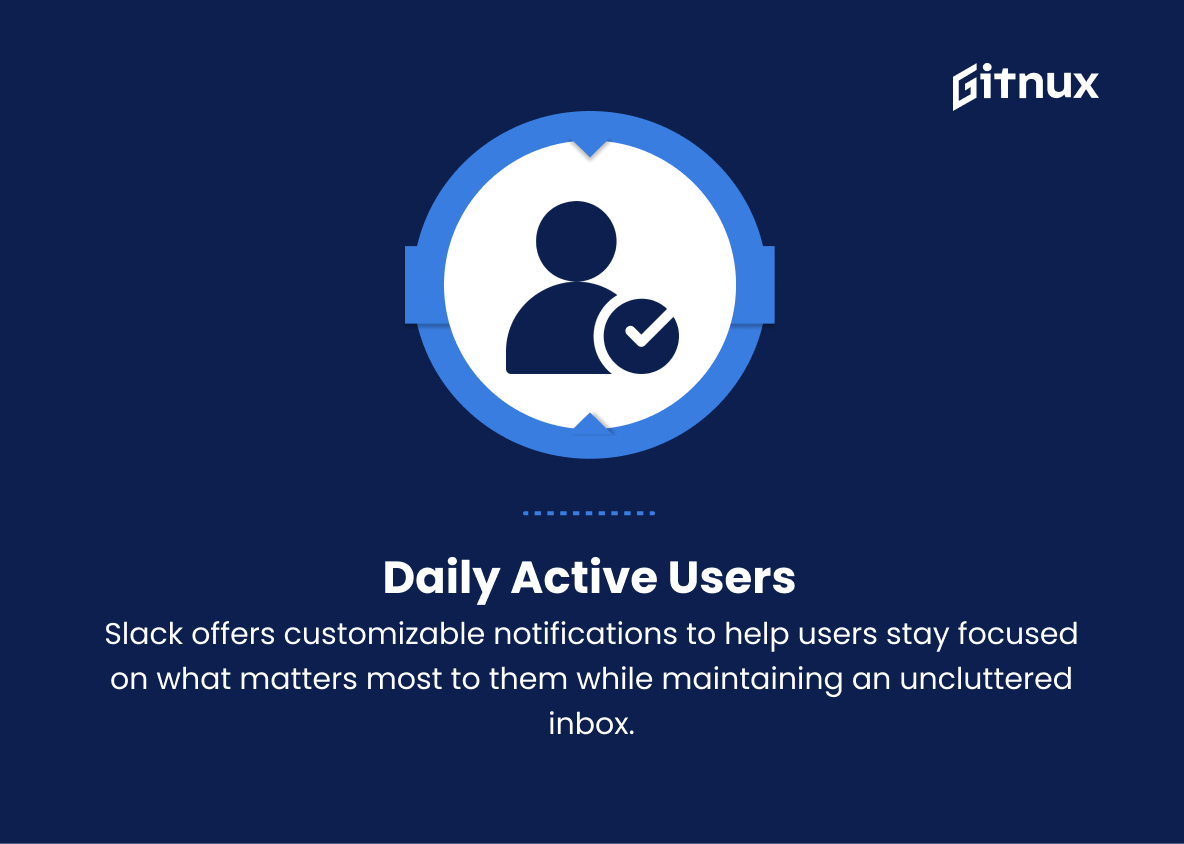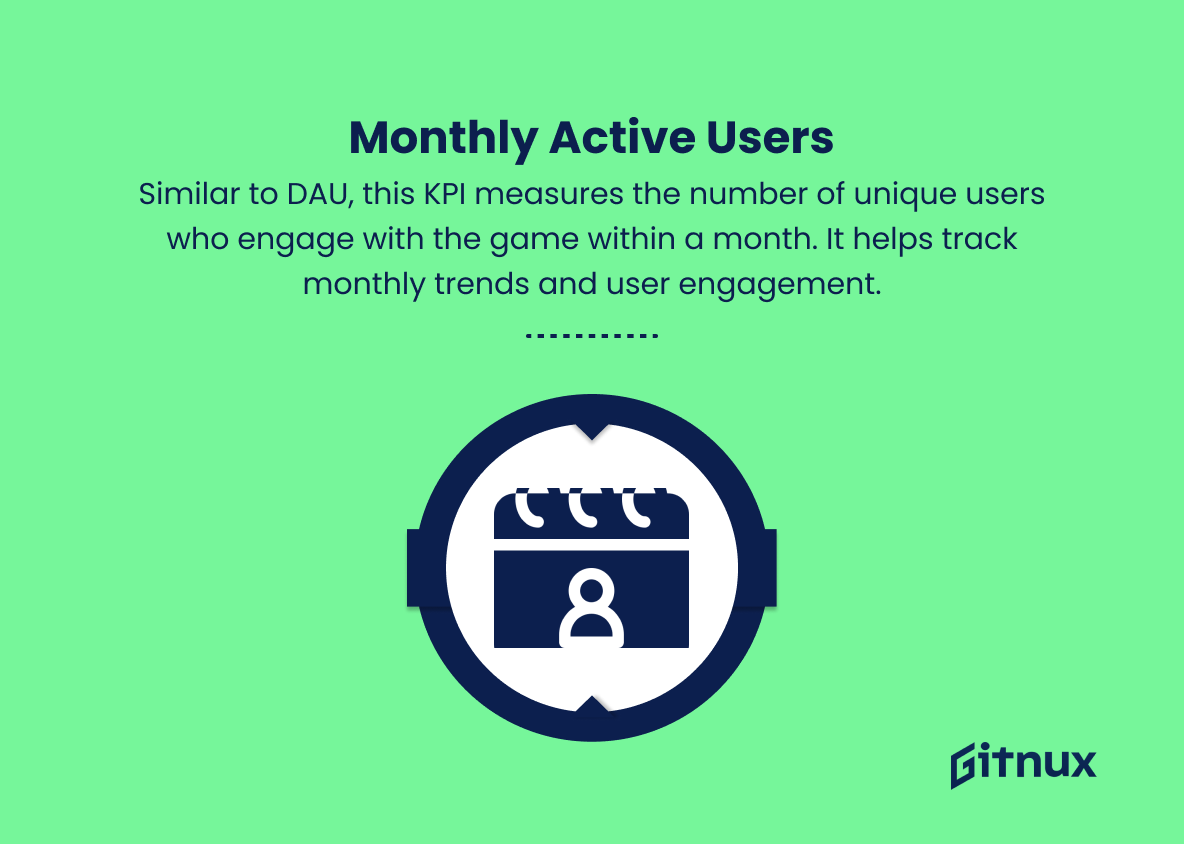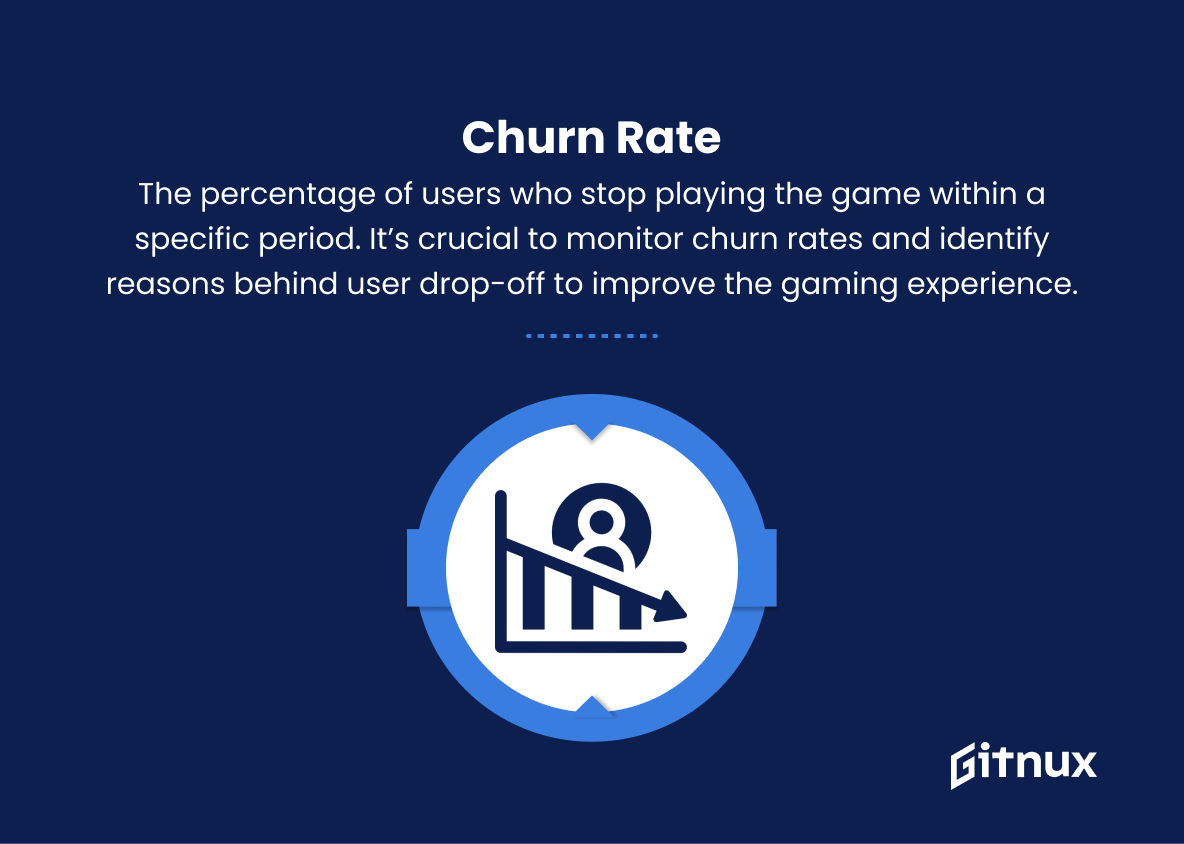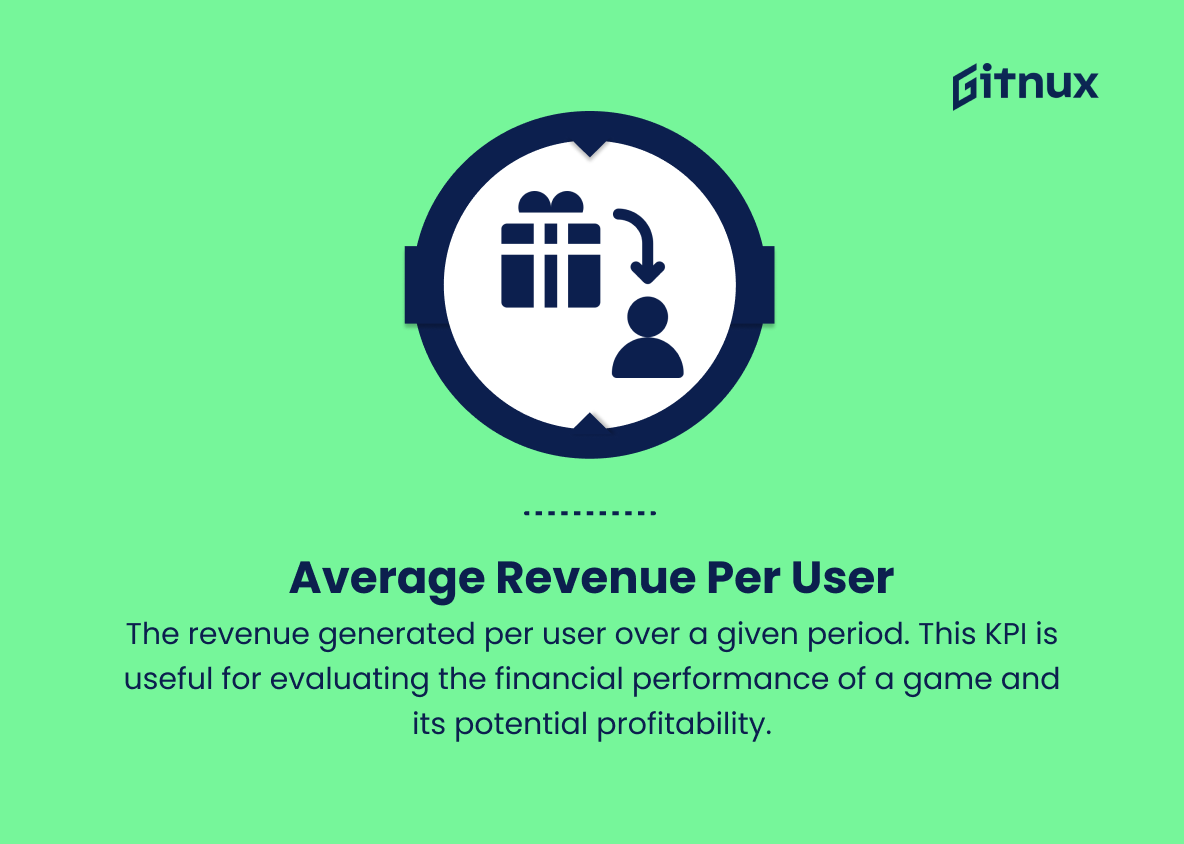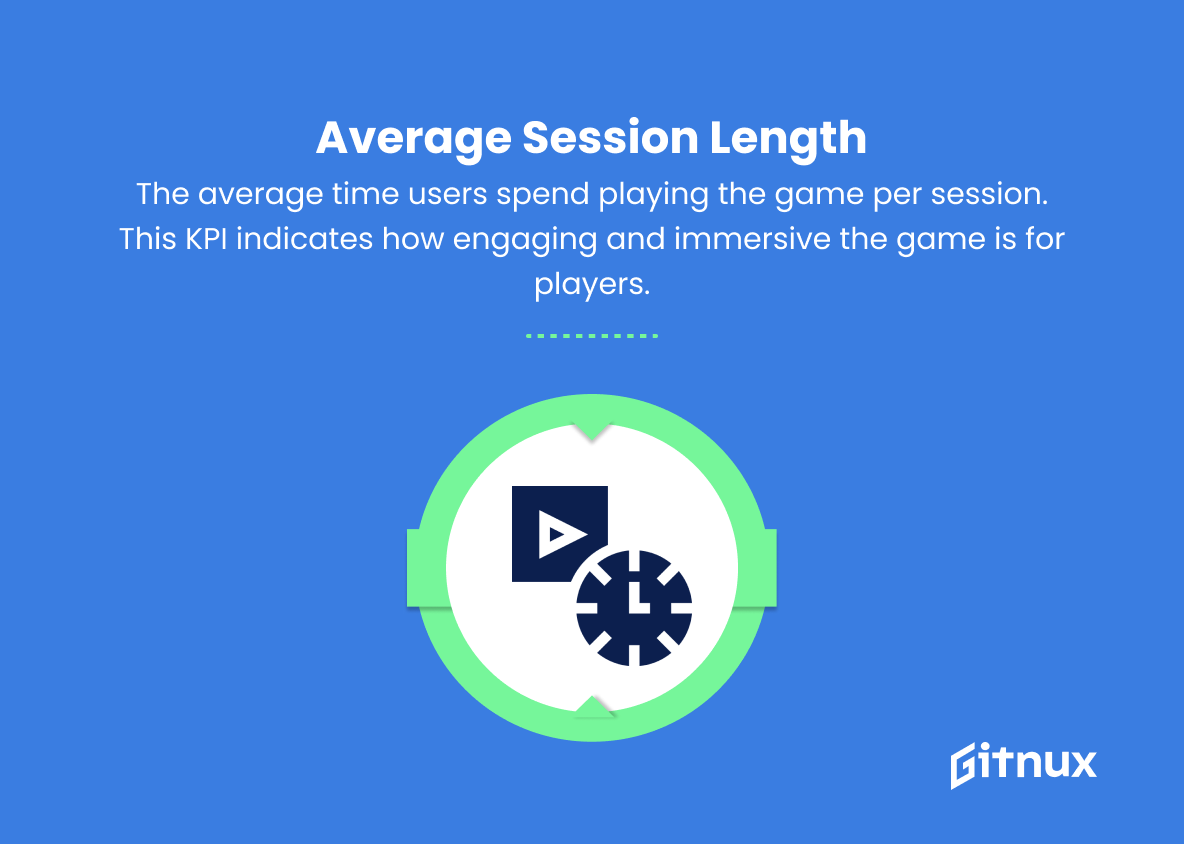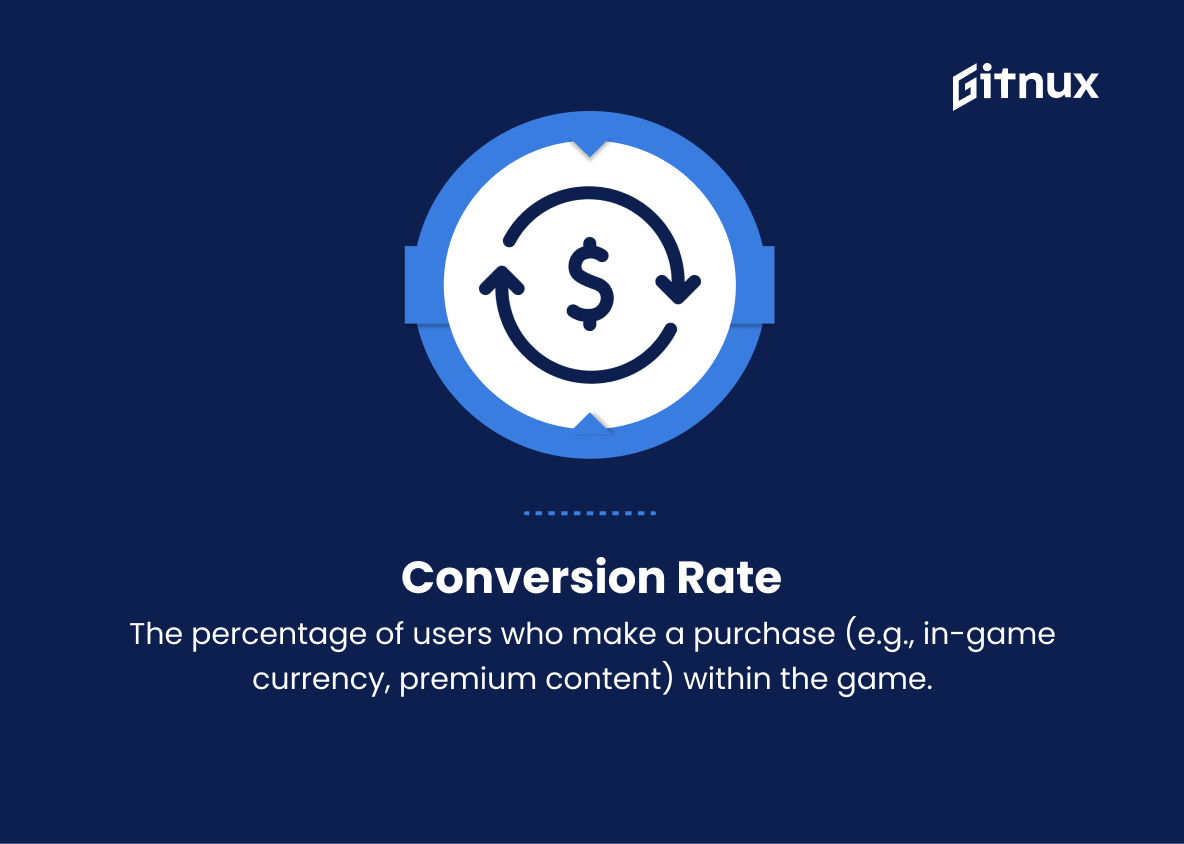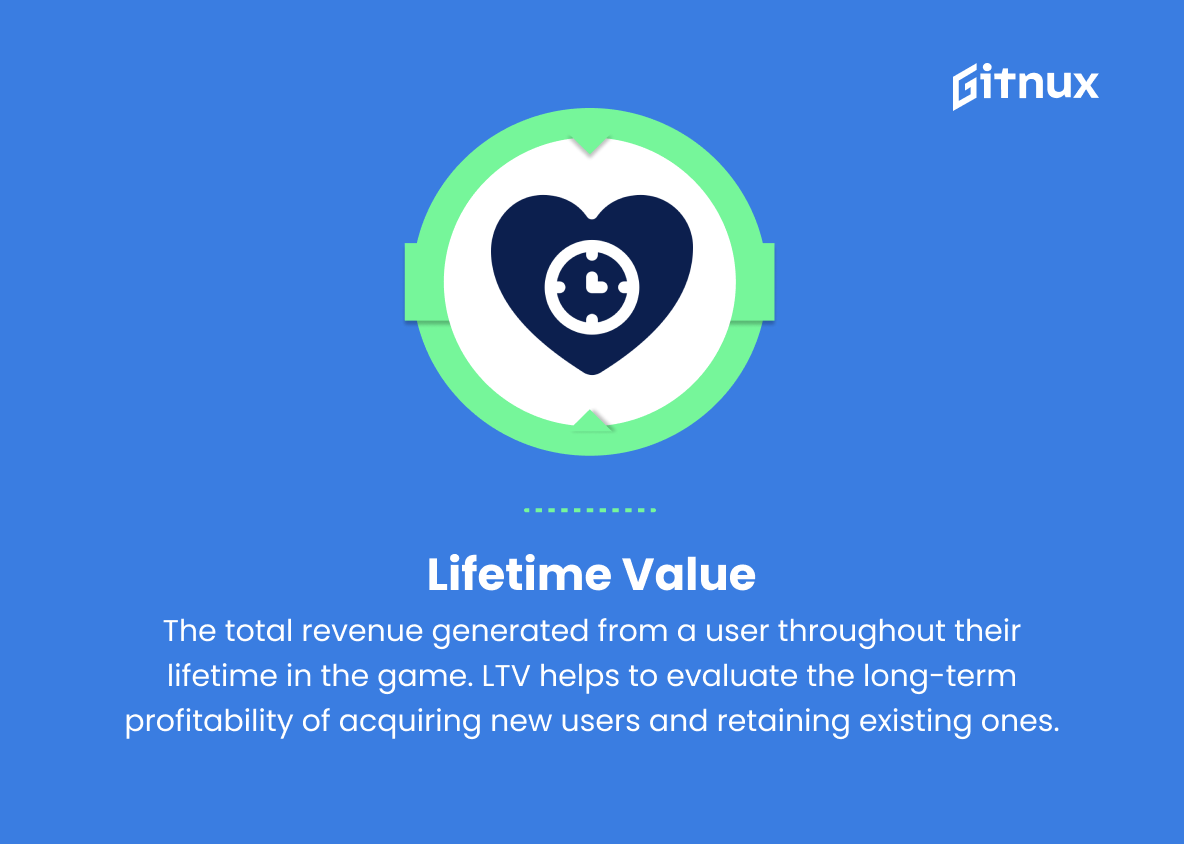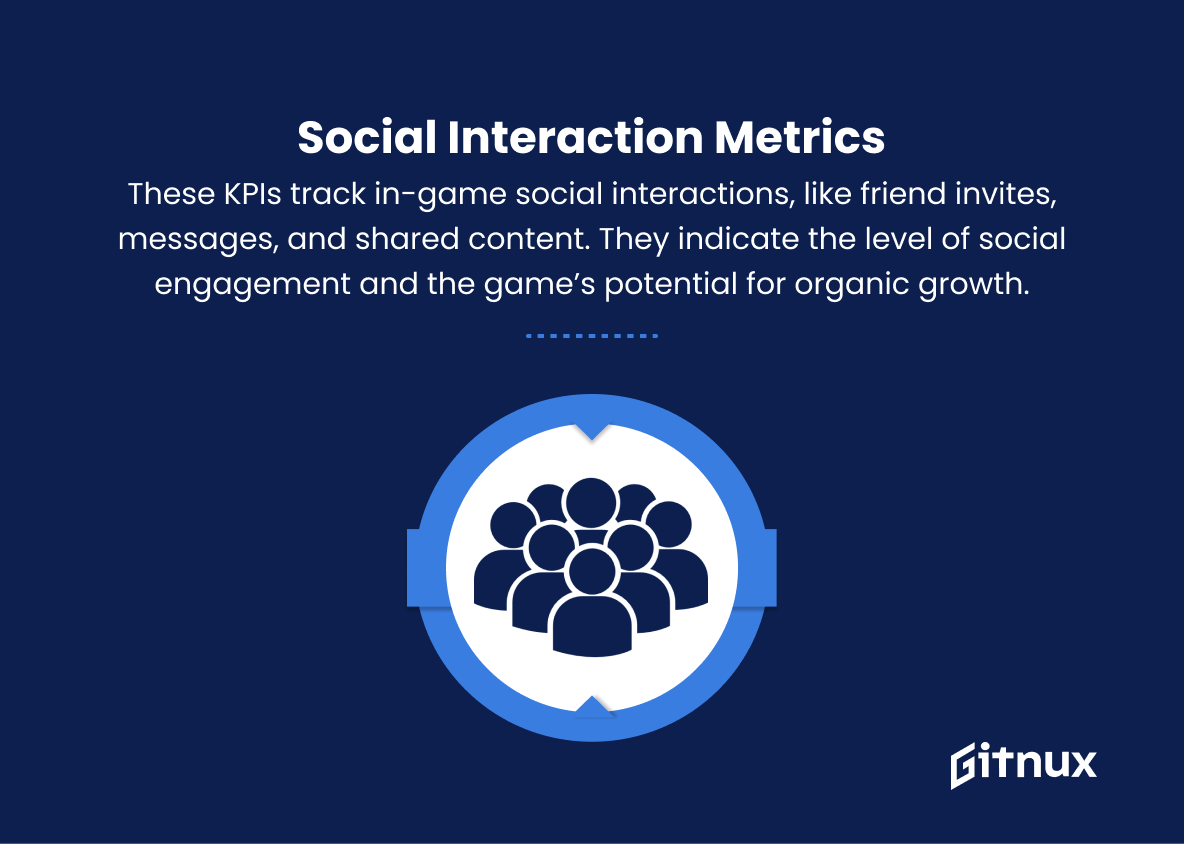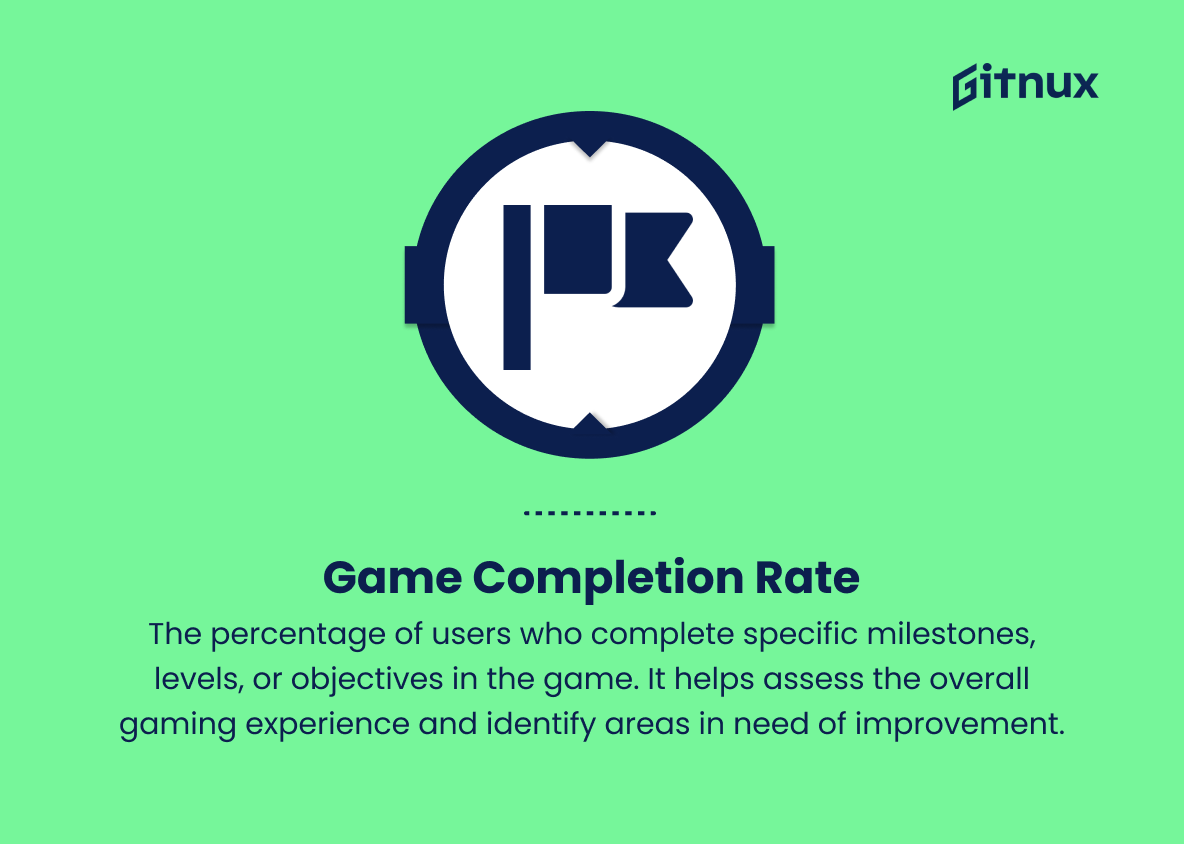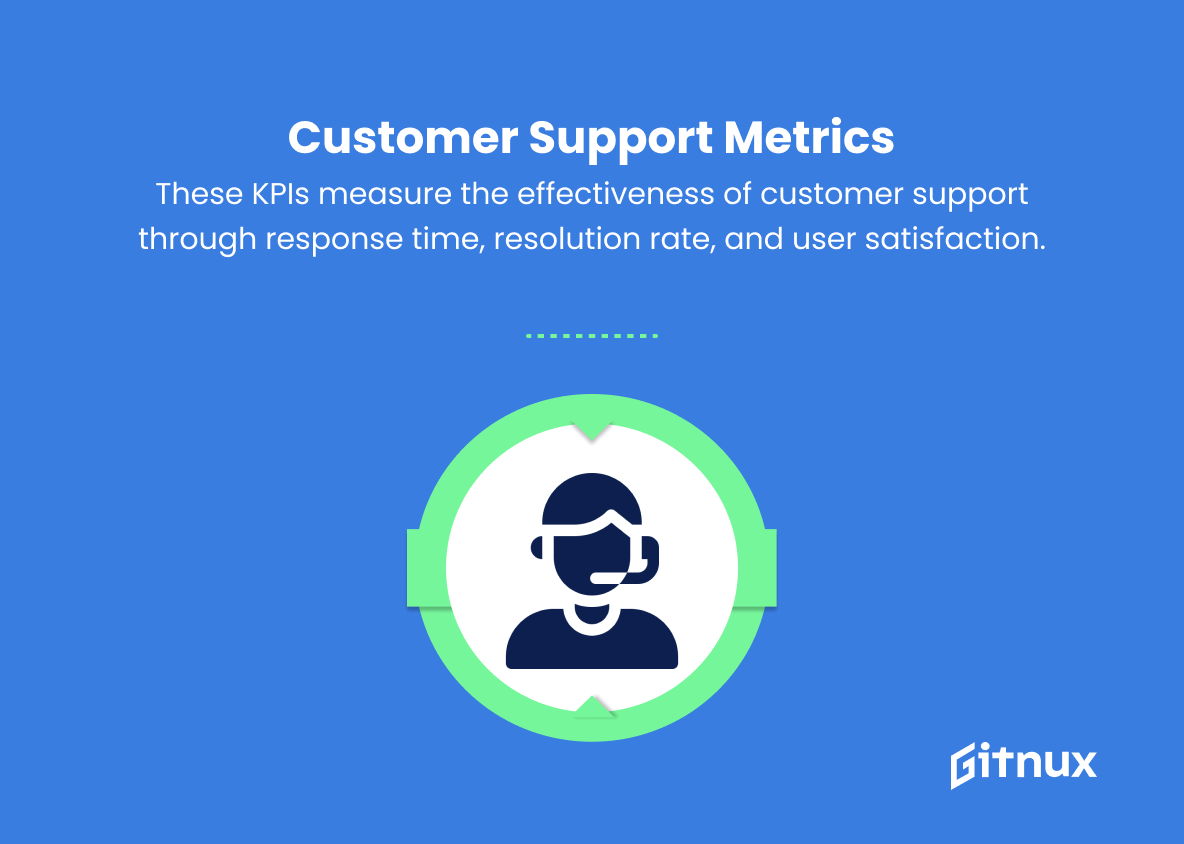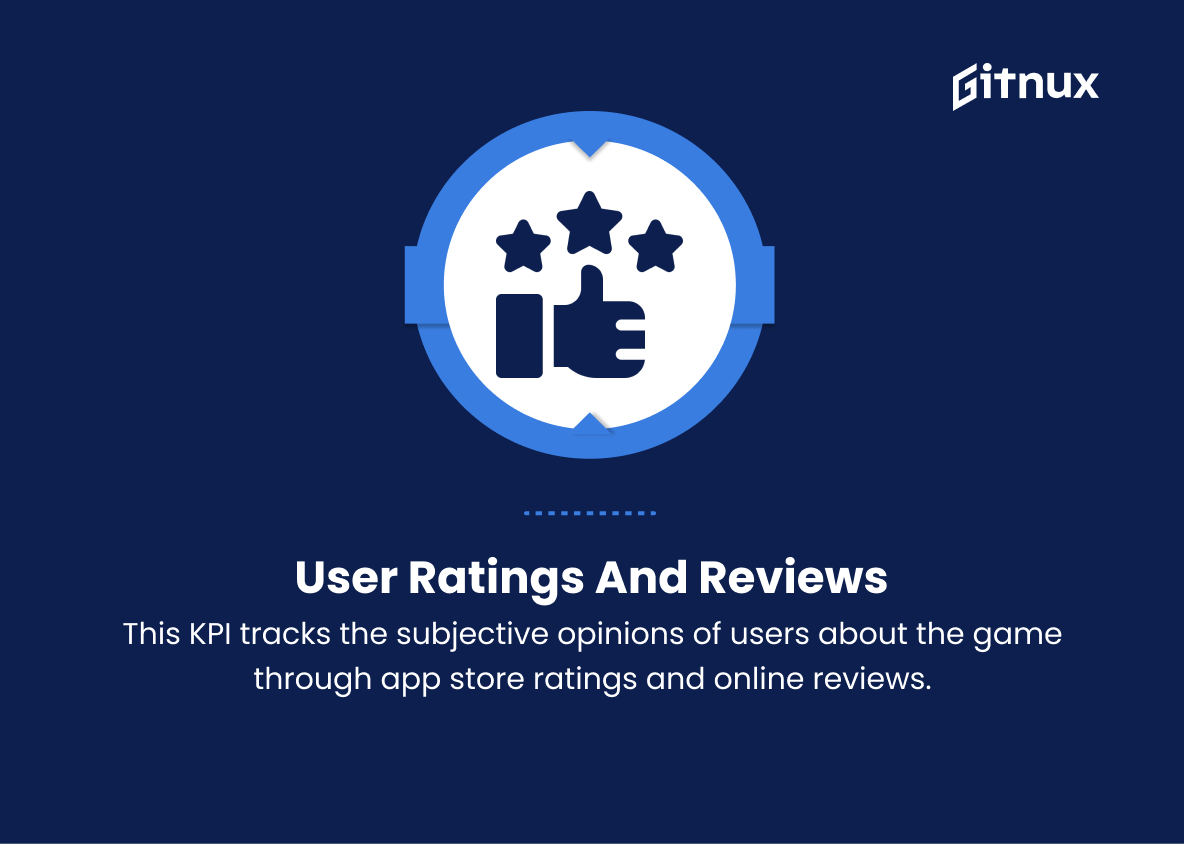In the dynamic world of gaming, developers and publishers face various challenges to maintain a competitive edge, engage their target audience and ensure steady revenue streams. Key Performance Indicators (KPIs) help these stakeholders navigate the complex gaming landscape and make data-driven decisions to optimize their products and strategies.
In this insightful blog post, we will dive deep into the crucial Gaming KPIs every industry professional should be aware of, as well as highlight the significance of consistent measurements and informed actions for enhanced user experience, increased retention and sustained growth in this ever-evolving domain.
Gaming KPIs You Should Know
1. Daily Active Users (DAU)
The number of unique users who engage with a game on a daily basis. This KPI is essential for understanding the size of an active user base and their retention.
2. Monthly Active Users (MAU)
Similar to DAU, this KPI measures the number of unique users who engage with the game within a month. It helps track monthly trends and user engagement.
In the dynamic world of gaming, developers and publishers face various challenges to maintain a competitive edge, engage their target audience and ensure steady revenue streams.3. Retention Rate
This KPI measures the percentage of users who return to the game within a specific period after their first session. High retention indicates that players find the game engaging and enjoyable.
4. Churn Rate
The percentage of users who stop playing the game within a specific period. It’s crucial to monitor churn rates and identify reasons behind user drop-off to improve the gaming experience.
5. Average Revenue Per User (ARPU)
The revenue generated per user over a given period. This KPI is useful for evaluating the financial performance of a game and its potential profitability.
6. Average Session Length
The average time users spend playing the game per session. This KPI indicates how engaging and immersive the game is for players.
7. Conversion Rate
The percentage of users who make a purchase (e.g., in-game currency, premium content) within the game. A higher conversion rate signifies that players see value in the game’s offerings.
8. User Acquisition Cost (UAC)
The average cost to acquire a new user, including advertising and promotional expenses. Monitoring UAC helps optimize marketing campaigns and assess overall profitability.
Key Performance Indicators (KPIs) help these stakeholders navigate the complex gaming landscape and make data-driven decisions to optimize their products and strategies.9. Lifetime Value (LTV)
The total revenue generated from a user throughout their lifetime in the game. LTV helps to evaluate the long-term profitability of acquiring new users and retaining existing ones.
10. Social Interaction Metrics
These KPIs track in-game social interactions, like friend invites, messages, and shared content. They indicate the level of social engagement and the game’s potential for organic growth.
11. Game Completion Rate
The percentage of users who complete specific milestones, levels, or objectives in the game. It helps assess the overall gaming experience and identify areas in need of improvement.
12. Customer Support Metrics
These KPIs measure the effectiveness of customer support through response time, resolution rate, and user satisfaction. Maintaining good customer support ensures a positive user experience and reduces churn rates.
13. User Ratings and Reviews
This KPI tracks the subjective opinions of users about the game through app store ratings and online reviews. High scores and positive feedback indicate a high level of user satisfaction and enjoyment.
Gaming KPIs Explained
Gaming KPIs such as Daily Active Users (DAU), Monthly Active Users (MAU), Retention Rate, Churn Rate, Average Revenue Per User (ARPU), Average Session Length, Conversion Rate, User Acquisition Cost (UAC), Lifetime Value (LTV), Social Interaction Metrics, Game Completion Rate, and Customer Support Metrics are all essential in understanding various aspects of a game’s performance. These KPIs help game developers and publishers to monitor user engagement, retention, financial performance, and overall user satisfaction.
By analyzing these metrics, gaming companies can continuously improve their games, ensuring a positive and enjoyable experience for users. Furthermore, identifying areas in need of improvement and optimizing marketing campaigns enhance overall profitability and foster organic growth. High scores and positive feedback on user ratings and reviews are a testament to users’ satisfaction and enjoyment of the game, making monitoring these KPIs vital for the long-term success of any game in the competitive gaming industry.
Conclusion
In conclusion, a clear understanding, monitoring, and optimization of Gaming KPIs are crucial in the ever-evolving and fiercely competitive gaming industry. By evaluating these key performance indicators, developers and marketers can make data-driven decisions to improve user acquisition, boost retention, increase monetization, and ultimately ensure the game’s longevity and success.
As you analyze and implement these KPIs, always make sure they align with your game’s objectives and target audience. Keep evolving your strategies, and stay ahead in the race to achieve your gaming goals.
